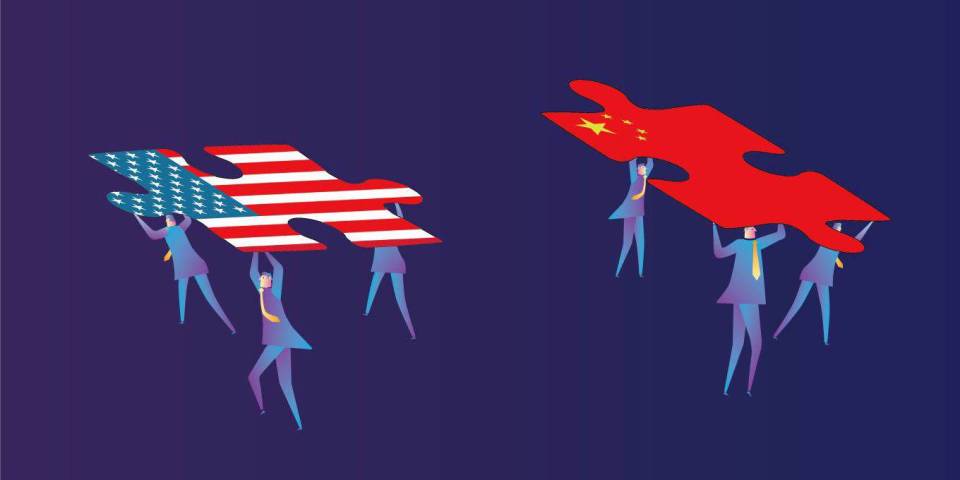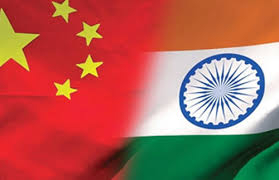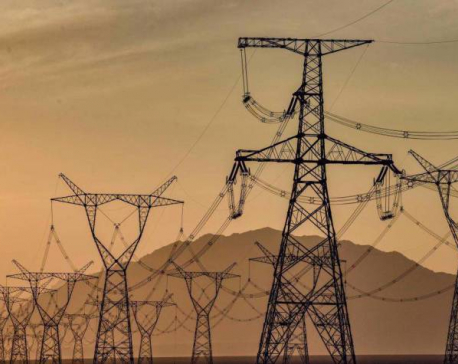
OR

In 2030, COVID-19 looks just as unpleasant as the Great Influenza of 1918-20 looked from 1930, and with similar limited long-term geopolitical effects.
CAMBRIDGE – There is no single future until it happens, and any effort to envision geopolitics in the wake of the COVID-19 pandemic must include a range of possible futures. I suggest five plausible futures in 2030, but obviously others can be imagined.
The end of the globalized liberal order. The world order established by the United States after World War II created a framework of institutions that led to a remarkable liberalization of international trade and finance. Even before the COVID-19 pandemic, this order was being challenged by the rise of China and the growth of populism in Western democracies. China benefited from the order, but as its strategic weight grows, it increasingly insists on setting standards and rules. The US resists, institutions atrophy, and appeals to sovereignty increase. The US remains outside the World Health Organization and the Paris climate agreement. COVID-19 contributes to the probability of this scenario by weakening the US “system manager.”
A 1930s-like authoritarian challenge. Mass unemployment, increased inequality, and community disruption from pandemic-related economic changes create hospitable conditions for authoritarian politics. There is no shortage of political entrepreneurs willing to use nationalist populism to gain power. Nativism and protectionism increase. Tariffs and quotas on goods and people increase, and immigrants and refugees become scapegoats. Authoritarian states seek to consolidate regional spheres of interest, and various types of interventions increase the risk of violent conflict. Some of these trends were visible before 2020, but weak prospects for economic recovery, owing to the failure to cope with the COVID-19 pandemic, increase the probability of this scenario.
A China-dominated world order. As China masters the pandemic, the economic distance between it and other major powers changes dramatically. China’s economy surpasses that of a declining US by the mid-2020s, and China widens its lead over onetime potential contenders like India and Brazil. In its diplomatic marriage of convenience with Russia, China increasingly becomes the senior partner. Not surprisingly, China demands respect and obeisance in accordance with its increasing power. The Belt and Road Initiative is used to influence not just neighbors but partners as distant as Europe and Latin America. Votes against China in international institutions become too expensive, as they jeopardize Chinese aid or investment, as well as access to the world’s largest market. With Western economies having been weakened relative to China by the pandemic, China’s government and major companies are able to reshape institutions and set standards to their liking.
A green international agenda. Not all futures are negative. Public opinion in many democracies is beginning to place a higher priority on climate change and environmental conservation. Some governments and companies are re-organizing to deal with such issues. Even before COVID-19, one could foresee an international agenda in 2030 defined by countries’ focus on green issues. By highlighting the links between human and planetary health, the pandemic accelerates adoption of this agenda.
For example, the US public notices that spending $700 billion on defense did not prevent COVID-19 from killing more Americans than died in all its wars after 1945. In a changed domestic political environment, a US president introduces a “COVID Marshall Plan” to provide prompt access to vaccines for poor countries and to strengthen the capacity of their health care systems. The Marshall Plan of 1948 was in America’s self-interest and simultaneously in the interest of others, and had a profound effect on shaping the geopolitics of the ensuing decade. Such leadership enhanced US soft power. By 2030, a green agenda has become good domestic politics, with a similarly significant geopolitical effect.
More of the same. In 2030, COVID-19 looks just as unpleasant as the Great Influenza of 1918-20 looked from 1930, and with similar limited long-term geopolitical effects. Prior conditions persist. But, along with growing Chinese power, domestic populism and polarization in the West, and more authoritarian regimes, there is some degree of economic globalization and a growing awareness of the importance of environmental globalization, underpinned by a grudging recognition that no country can solve such problems acting alone. The US and China manage to cooperate on pandemics and climate change, even as they compete on other issues such as navigation restrictions in the South or East China Sea. Friendship is limited, but rivalry is managed. Some institutions wither, others are repaired, and still others are invented. The United States remains the largest power, but without the degree of influence it had in the past.
Each of the first four scenarios has about a one chance in ten of approximating the future in 2030. In other words, the chances are less than half that the impact of the current COVID-19 pandemic will profoundly reshape geopolitics by 2030. Several factors could alter these probabilities. For example, the rapid development of effective, reliable, and cheap vaccines that are widely distributed internationally would enhance the probability of continuity and reduce the probability the authoritarian or Chinese scenarios.
But if Donald Trump’s re-election weakens America’s alliances and international institutions, or damages democracy at home, the probability of the continuity scenario or the green scenario would decrease. On the other hand, if the European Union, which was initially weakened by the pandemic, succeeds in sharing the costs of member states’ response, it could become an important international actor capable of increasing the likelihood of the green scenario.
Other influences are possible, and COVID-19 may produce important domestic changes related to inequalities in health care and education, as well as spurring the creation of better institutional arrangements to prepare for the next pandemic. Estimating the long-term effect of the current pandemic is not an exact prediction of the future, but an exercise in weighing probabilities and adjusting current policies.
Joseph S Nye, Jr is a professor at Harvard University and author, most recently, of “Do Morals Matter? Presidents and Foreign Policy from FDR to Trump” (Oxford University Press, 2020).
Copyright: Project Syndicate, 2020.
www.project-syndicate.org
You May Like This

Democracy is the defense of Nepali sovereignty
While Nepali politicians remain motivated by personal gain, they have kept the great powers off balance. Nepal’s political uncertainties, and... Read More...

China’s global climate boost
With the American public divided and climate science politicized, rejoining the Paris accord will not by itself make the US... Read More...

Discussing Nepal’s geopolitical trajectory
Maintaining a delicate balance between the immediate and extended neighborhood is the best way for Nepal to realize its national... Read More...







Just In
- NRB to provide collateral-free loans to foreign employment seekers
- NEB to publish Grade 12 results next week
- Body handover begins; Relatives remain dissatisfied with insurance, compensation amount
- NC defers its plan to join Koshi govt
- NRB to review microfinance loan interest rate
- 134 dead in floods and landslides since onset of monsoon this year
- Mahakali Irrigation Project sees only 22 percent physical progress in 18 years
- Singapore now holds world's most powerful passport; Nepal stays at 98th












Leave A Comment